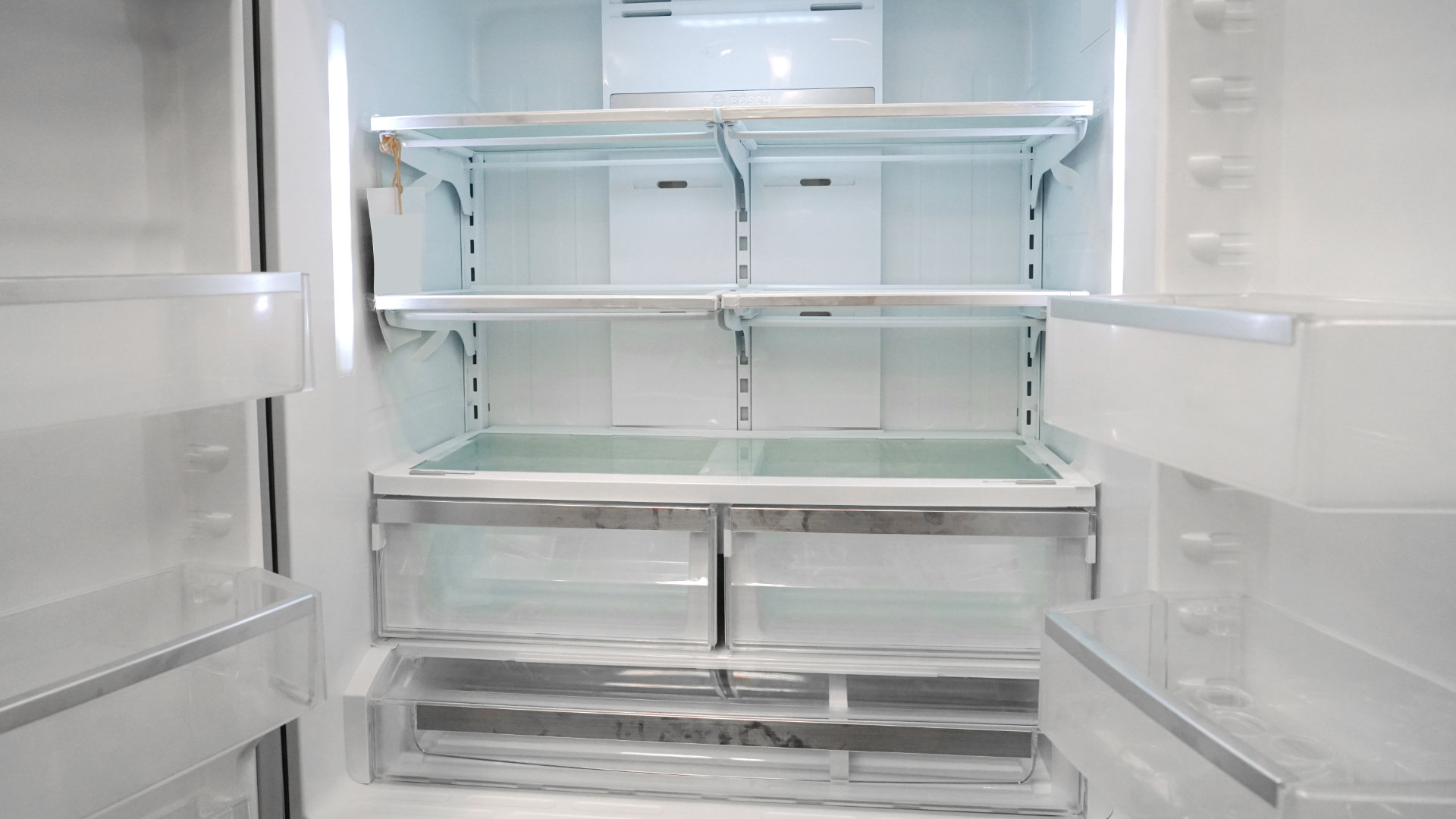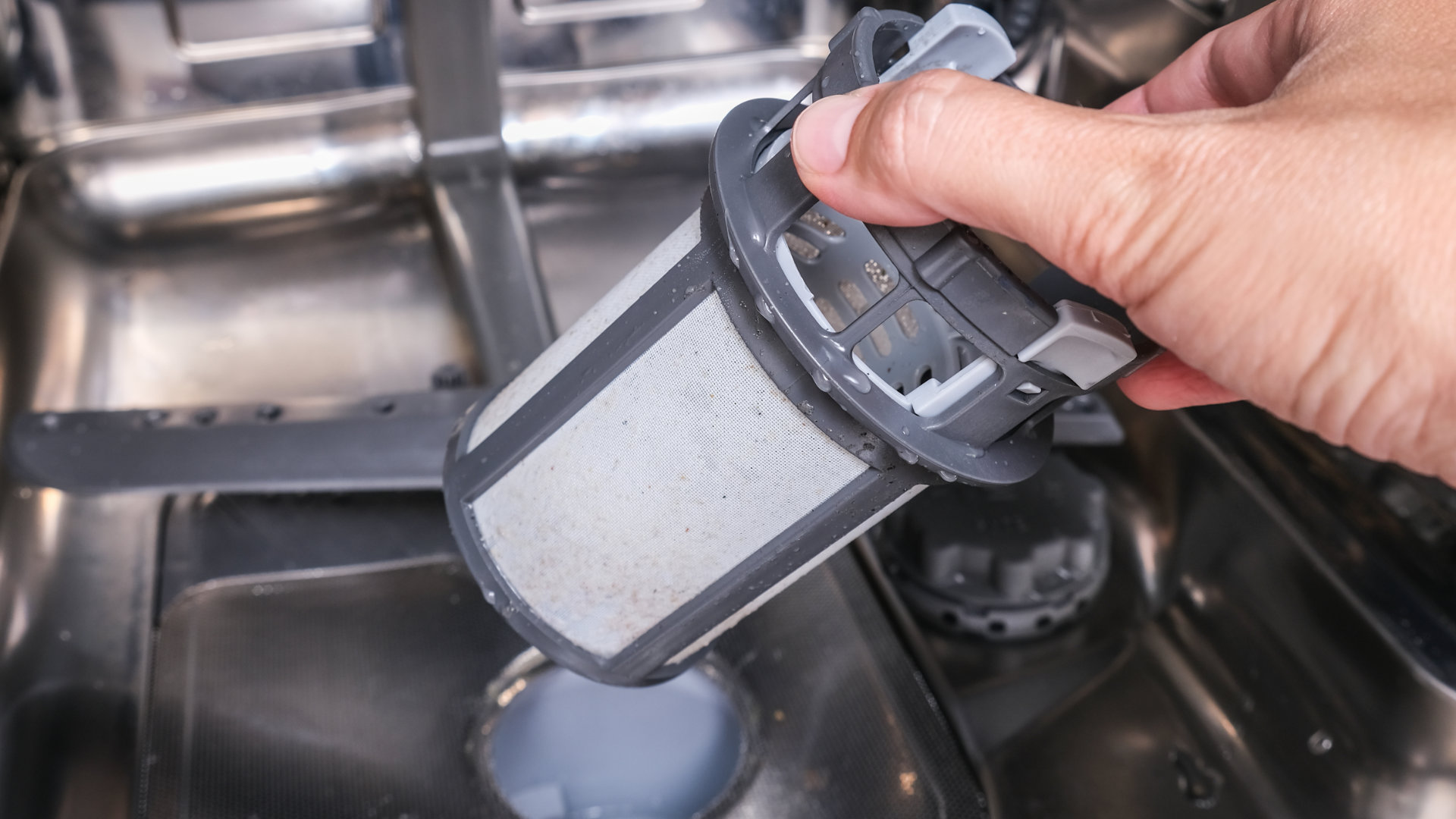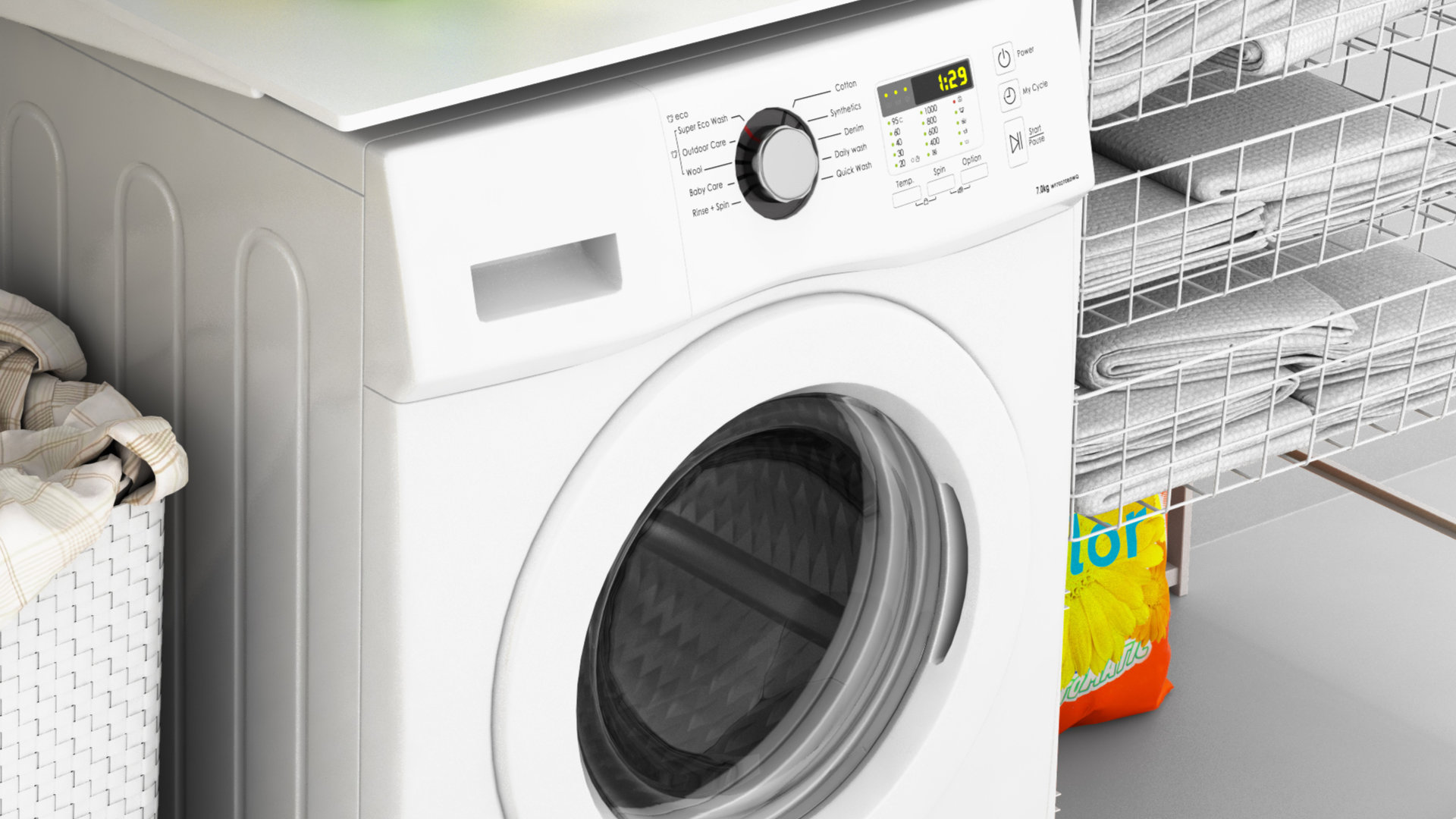
Kenmore dryers are known for being reliable, but even the most reliable appliances can break down. If you’ve gone to get your clothes out of the dryer after the drying cycle has finished only to find them still wet, there could be an issue with the dryer’s heating function.
When a dryer has a heating issue, it will still run and blow air as usual, but the air won’t be hot. If this sounds like your issue, read on to find out what to do.
This guide refers to all major models of Kenmore dryers, including:
110.6001100
110.60022010
110.61202011
110.62822101
110.6407841
110.68002010
110.69422801
110.69822801
110.76481600
110.82822101
110.82822102
110.84832201
110.86094420
110.86573810
110.86870100
110.86873100
110.86980100
110.87594800
417.80042990
417.83042300
417.88042700
Faulty heating element
The heating element in your dryer is responsible for generating the appliance’s heat. Electricity passes through the metal frame, causing it to heat up—similar to a heating element on a stove. Air then passes over the element and blows over the clothes to dry them. If the heating element is faulty, the air won’t heat up, and your clothes won’t dry.
To check if this is the issue, follow these steps:
- Unplug the dryer.
- Get access to the heating element. You may have to remove either the back panel or the lower front panel, depending on the model of your Kenmore dryer.
- Check the element for cracks or blisters—these are both signs that the heating element needs to be replaced.
- Use a multimeter to check the element for continuity. If you see no continuity, you’ll need to replace the part.
If you determine that the heating element is faulty, here’s how to replace it:
- Ensure that the dryer is unplugged, then access the heating element as detailed above.
- Take out any screws or brackets that are holding the heating element in place, then remove the heating element.
- Purchase a new heating element. You can order a new part online, either directly from Kenmore or from a retailer. Ensure that the new element fits the model of your dryer.
- Put the new heating element in place and secure it with the necessary wires, screws, or brackets.
- Put the panel back and then run a test cycle to check if your dryer is heating properly.
Faulty thermostat
Your dryer’s thermostat maintains the temperature inside the drum by cycling the heat on and off. It stops the dryer from overheating, but if it’s faulty, it can prevent the dryer from heating at all. A faulty thermostat can look similar to a faulty heating element—your dryer may be running, but no heat is being created.
To diagnose a faulty thermostat:
- Unplug the dryer.
- Locate the thermostat. You may need to refer to your manual—in most cases, thermostats are located near the heating element.
- Use a multimeter to test the thermostat for continuity. A lack of continuity means that the thermostat is faulty.
If you determine the thermostat is faulty, here’s how to fix it:
- Make sure the dryer is disconnected from the power.
- Access the thermostat as described above.
- Remove the faulty thermostat. You’ll need to disconnect the wires and remove any screws holding it in place.
- Source a replacement thermostat online, making sure it’s compatible with the model of your Kenmore dryer
- Put the new thermostat in place and reconnect the wires, ensuring it’s properly secured.
- Put the panels back on the dryer.
- Run a test cycle to see if the dryer is now heating properly.
Blown thermal fuse
The thermal fuse is a safety device that shuts the dryer off when it gets too hot. If the fuse is blown, it can’t be reset and will need to be replaced. Some signs that the thermal fuse has blown are that your dryer is not heating up or not working at all.
To test the fuse:
- Unplug the dryer and locate the thermal fuse. It will usually be next to the blower housing or the heating element.
- Visually check the fuse. If it has blown, there will be a clear gap in the wire inside it.
If the thermal fuse has blown, it’s a pretty easy fix. Follow these steps:
- Ensure the dryer is unplugged, then find and remove the faulty fuse.
- Replace it with a new fuse that has the same specs—make sure to properly connect the wires.
- Put the dryer back together and run a test cycle to make sure it’s working.
Faulty moisture sensor
Some dryers have moisture sensors that detect how wet your clothes are and adjust the dry time accordingly. If this sensor has failed, it may be incorrectly sensing that your clothes are dry when they’re not. This will stop your dryer from heating. Some signs that the moisture sensor is faulty are your clothes coming out wet after a cycle or the dryer stopping before the clothes are fully dry.
To determine if this is your issue:
- Check the moisture sensors—these are usually found by the lint filter. They should be clean and without residue. If they appear dirty, clean them thoroughly.
- Use a multimeter to test the sensor bars for continuity. The continuity reading should change if you manually moisten the sensor bars with a wet cloth. If nothing changes, then the moisture sensor is likely faulty.
To fix this problem:
- Unplug the dryer.
- Source a replacement moisture sensor that is compatible with the model of your dryer.
- Remove any clips that hold the sensor in place, and disconnect the sensor from the wires.
- Put the new sensor in place, ensuring the wires and screws are in the right positions.
- Run a test cycle to check whether the dryer is now heating up correctly.

How to Reset a Whirlpool Refrigerator Ice Maker

6 Reasons Your LG Refrigerator Is Not Making Ice

Kenmore Fridge Ice Maker Not Working? 5 Ways to Fix It

How to Remove Fish Smell from Your Refrigerator

How To Fix Bosch Dishwasher E24 Error

Troubleshooting a Whirlpool Dishwasher Not Draining

Why Is Your Fridge Water Not Working, but Ice Is?

How to Fix the E15 Bosch Dishwasher Error Code

How Much Power Does a Microwave Use?

How to Properly Clean Refrigerator Coils

How to Fix an LG Washer Showing OE Error Code

Troubleshooting a GE Dishwasher with No Power and No Lights

10 Reasons Why Your Bosch Dishwasher Won’t Start

Troubleshooting the F5 Error Code with a Maytag Washer


